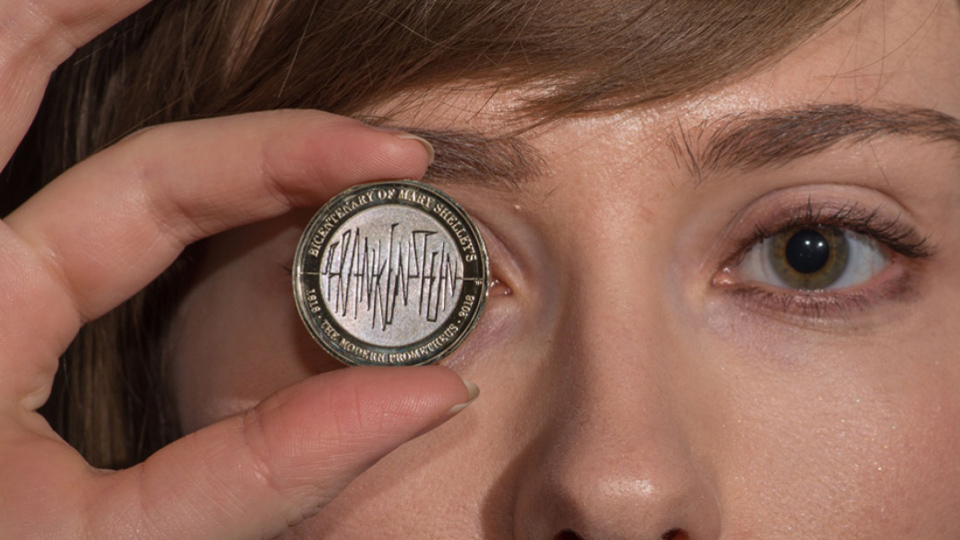
Two hundred years after the publication of the gothic horror novel Frankenstein in 1818, this year has seen a plethora of establishment media stories about the anniversary and author Mary Shelley, about whom a film has just been released. Much of the coverage and the film focuses on her relationship with the poet Percy Shelley.
Yet very few have highlighted the socialist influences on her personally or within the text of the famous book. Her parents were two of the most notorious radicals of her day. Her mother, who died of complications 11 days after her birth in 1797, was Mary Wollstonecraft, author of A Vindication of the Rights of Woman. That book was published in 1792, and in it, Wollstonecraft argues that women are not naturally inferior to men, but appear to be only because they lack education. She suggests that both men and women should be treated as rational beings and imagines a different social order founded on reason, rather than the prevailing discriminatory norm.
This was sensational stuff for the time, challenging as it did the ruling patriarchy, political establishment, and the Church. She is cited by many progressives as one of feminism’s founding philosophers. Mary Shelley read her mother’s books and was brought up to cherish her mother’s memory. Mary’s father was the political philosopher and novelist William Godwin, acknowledged nowadays as one of the first proponents of anarchism. Godwin is most famous for two books that he published within the space of a year: An Enquiry Concerning Political Justice, an attack on contemporary political institutions, and Things As They Are; or The Adventures of Caleb Williams, an early mystery novel which attacks aristocratic privilege.
As mentioned, much of the media have obsessed about Mary Shelley’s relationship with the poet Percy Shelley and how much he influenced her or indeed how much of Frankenstein was his writing. Sexist assumptions about her abilities as a hugely talented and intelligent creative young woman have belittled and downplayed her own agency and abilities.
Her relationship with Shelley, a married man, generated years of the harsh censure of a woman’s private life that today would be referred to as slut-shaming. She had been ostracized by family and friends for running off with Shelley and was subjected to sniggering speculation by male acquaintances. When she was 15 years old, Mary’s father sent her to stay with the dissenting family of the Scottish radical William Baxter, where she was again exposed to critical anti-establishment ideas.
Mary was well-read and had an enquiring mind, and she wrote of her interest in Galvanism which was topical in the late 18th and early 19th century. Galvanism was the effect discovered by biologists of an electric current being passed through a muscle causing it to contract. In 1803, an experiment took place at Newgate prison on a deceased inmate involving passing an electric current through the body causing it to animate. The concept of re-animating life was thus prevalent at a time when scientists were pushing the boundaries of knowledge. Mary had also suffered the loss of her mother and other family members. Studies of bereavement and the grieving process illustrate the primitive yearning inside all of us for the return of the dead relative or loved one.
Modern reviewers of Frankenstein have drawn parallels between the theme of the limits to and dangers of pushing boundaries in medicine and biology and modern discourses about the moral dilemmas in extending, and prolonging life or even how to achieve immortality.
One of the best reflections on the book comes from the Marxist literary critic Franco Moretti, who described Frankenstein’s monster, the disfigured wretch, as a symbol of the dehumanizing effects of the industrial revolution. “Between Frankenstein and his monster there is an ambivalent, dialectical relationship, the same as that which connects Capital with wage-labour.”
It is also possible to read Frankenstein as a critique and indictment of masculine ambition, and the compulsion of masculine science.
The subtitle of Frankenstein is: The Modern Prometheus. Prometheus is a Titan in Greek mythology who stole fire from the gods and gave it to humankind, so Mary Shelley draws the parallel with Victor Frankenstein, who in her story stole the secret to creating life from nature.
The book spawned endless film adaptations focusing on a rampaging monster creating fear and destruction. More than anything, the conclusion is that the book offers a timely reminder and contemporary warning that capitalism has the inevitable capacity to unleash mayhem, harming the working class most with unbridled patriarchal vanity and power endangering the fabric of society.












Comments